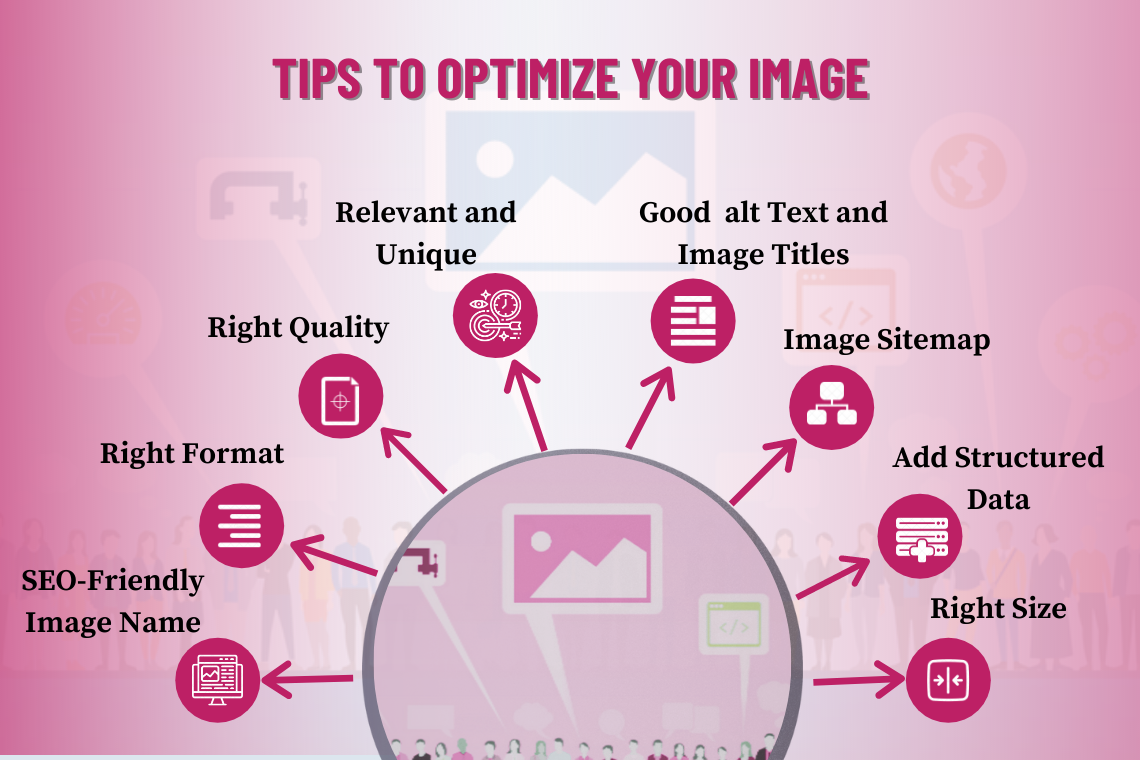Do you agree that reading a descriptive article without images is not quite engaging? According to some statistics, people are more likely to read and learn from articles with images than plain text. Images are essential for a better user experience.
Images are little things that could strengthen your website’s SEO. In the current marketing trends, images have become popular that can boost your website’s SEO ranking. It will not only increase the chances of visibility of your site but also improves the user experience.
In this article, we will discuss how images are important elements of SEO and a few tips to optimize images on your website to improve traffic and speed.
IMAGE SEO AND ITS IMPORTANCE
Image SEO is about image optimization. It is the practice of improving the readability, quality and indexability of images used on a blog or website. They help to improve user experience and achieve better rankings in image search and the web. The importance of images on web pages are numerous:
- Some reports suggest that a considerable amount of web searches happen on Google Images.
- They help illustrate articles and break up heavy walls of text.
- They enrich product pages, particularly eCommerce sites.
- Google and other search engines track the needed information by a relevant image.
NEED FOR IMAGE OPTIMIZATION
- Decompressed images add excess weight to your site, slow down the website load speed and make users download unnecessary data. So, optimizing your website’s images in the right format and dimension helps reduce the image file size by retaining the quality.
- Using optimized images in content or on the website strengthens visibility on the Google image search and this increases your click-through rate(CTR).
- Image optimization is one of the easiest ways to improve the speed of your web page and user experience.
- Websites that use optimized images for SEO are likely to have more visitors and additional ranking opportunities.
8 TIPS TO OPTIMIZE YOUR IMAGE
Here are eight basic tips you need to consider to ensure your images are optimized properly.

- The first step to optimize images for SEO is to reduce the image size and dimension before uploading them on your website. Compress them without sacrificing the quality. Check out the various tools available to make this process easy.
- Adopt the right format for the image. There are three main types of image files: JPEG, PNG, and WebP. The most suitable formats for images are JPEG and PNG. WebP, the only image format supported by Firefox and Chrome browsers.
- Choosing the right quality to size is very important. If you don’t compress the images right, they may be way too large or too small to add to the website. Test the images on your website for multiple devices and screen sizes to make sure they are optimized well, retain good quality and are also mobile-friendly.
- Use relevant and unique images on the website to make your page valuable for the users. Ensure you have not violated any copyright issues. Unique and visually pleasant images that complement well to your content will deliver a positive impact on your website’s rankings.
- Add appropriate alt-text, image titles associated with target keywords to the images to make Google crawlers comprehend the image better and index them.
- Create a separate image sitemap or add it to your sitemap. This will help Google to crawl better and increase your website’s overall findability.
- Adding structured data to your pages helps search engines display your images as rich snippets on SERPs.
- Customize your image file name and caption appropriately to make it SEO-friendly. The file names are better when they are brief, relevant, and unique.
CONCLUSION
Image optimization is the extra spark your website needs to outstand the competition.
Visual content helps users process information faster and memorize it more effectively. Therefore, images make your website content more powerful and engaging than text-based content. On the other hand, images may reduce the website load speed. So, to provide high-quality images, you need to optimize with the right dimensions and alt text.




